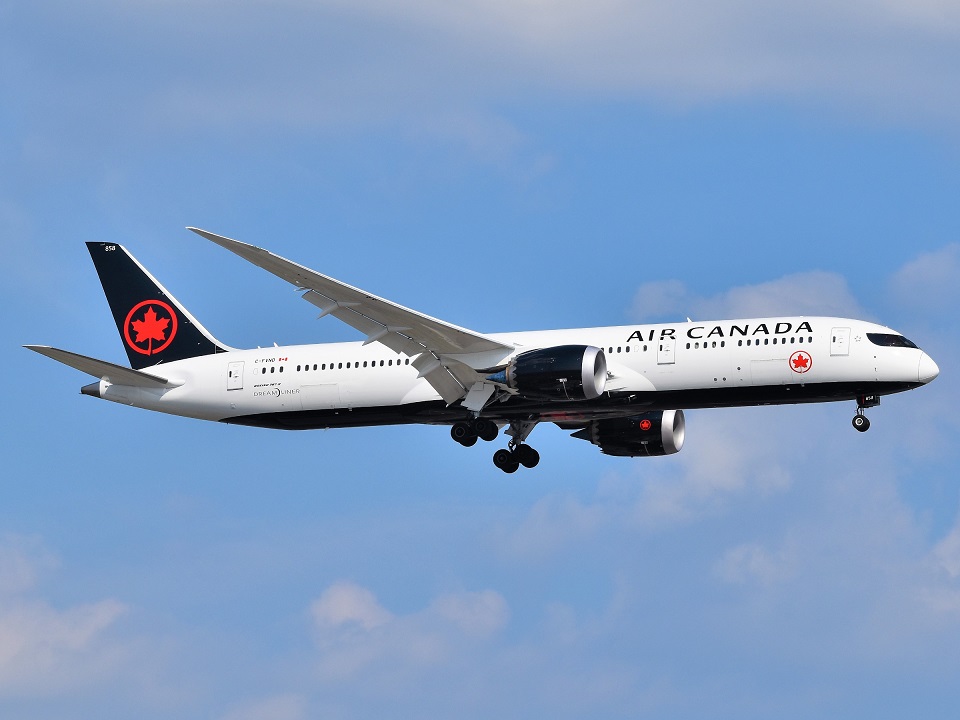Defence
Air Canada kicks off passengers, who refusing to sit on ‘vomit covered seats’

An Air Canada passenger claims that two women were removed from the plane after they complained about vomit stains and odour in their seating area. On August 26, Susan Benson was a passenger on Air Canada aircraft AC 1706 from Las Vegas to Montreal.
Susan Benson, one of the passengers, said that it appeared that someone had vomited during the previous flight but that they “didn’t know at first what the problem was,” adding that after they complained, the crew attempted to mask “a bit of a foul smell” with perfume and coffee grounds. She said on social media that “the seat and seatbelt were wet and there was still visible vomit residue.”
The passenger just insisted that she couldn’t be expected to stay in a wet seat with vomit smell and residue, according to Benson. The two women were “reluctantly” given blankets, wipes, and vomit bags to clean the area themselves after a supervisor reaffirmed that they would have to sit in the soiled chairs, according to Benson.
The pilot eventually advised passengers that they “could leave the plane…and organize flights on their own dime” with a warning that they would be added to a no-fly list. The flight attendant was “very apologetic,” she said. Benson further said they were later escorted off by security.
Benson stated that she feels “ashamed to be a Canadian and ashamed of Air Canada” as a result of this incident.
The witness stated that the women were never rude during the conversation, merely concerned about their situation, which was mirrored by another passenger who tried to reason with the pilot.
Later, the airline issued an apology and stated that it was “reviewing the serious matter,” noting that in this case, the operating protocols had been adhered to exactly as they should have been. It is obvious that the passengers were not given the standard of care to which they were entitled.









